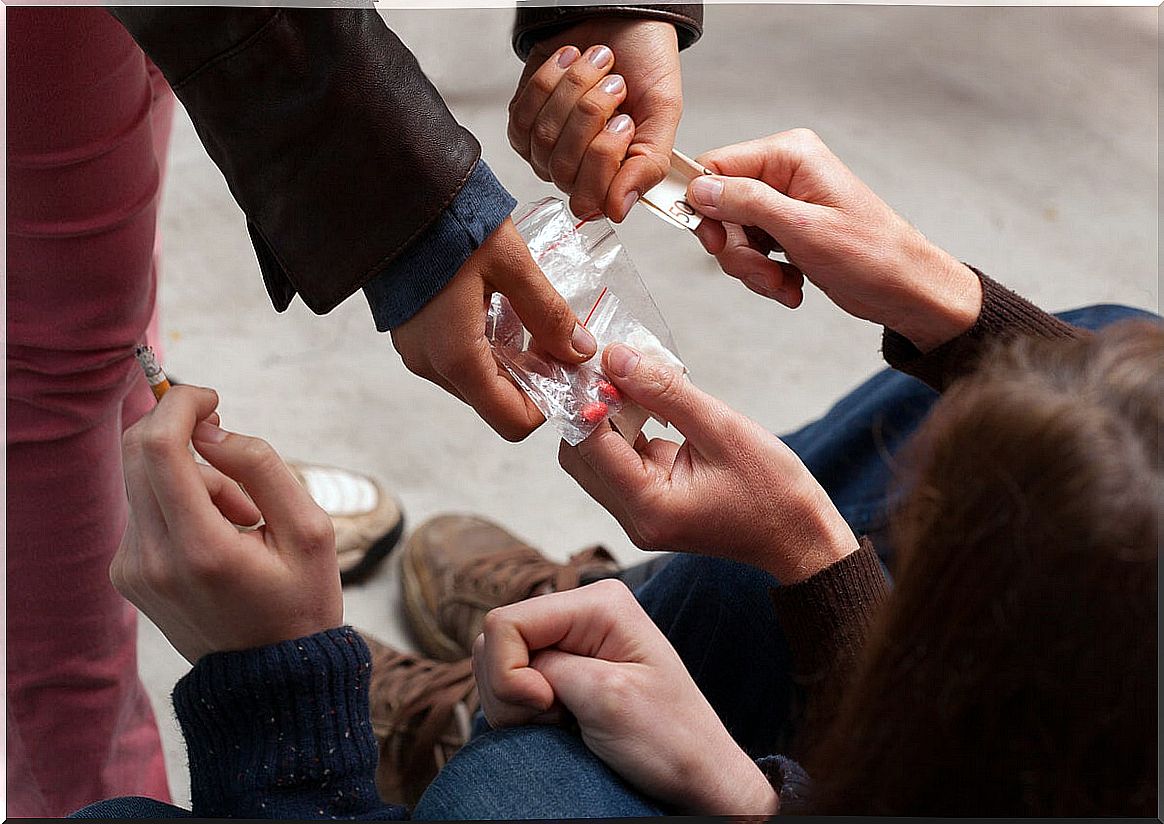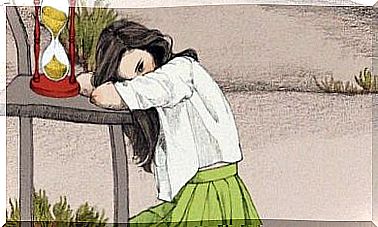How Are Drugs Classified?

Drugs are substances that create alterations in the cellular connections of the central nervous system, and therefore affect behavior, also producing various alterations at the perceptual level. But how are drugs classified?
First of all, note that not all drugs have the same effects or the same nature, nor are they equally dangerous. Based on what criteria do we classify them? What kinds of drugs do we find? Let’s talk about it all.
What are drugs?
Drugs, as we said, are potentially addictive substances – susceptible to generating dependence – that modify the functioning of the nervous system. On the other hand, it tends to increase the tolerance of the consumer, who needs a greater quantity to achieve the same effect – reward simulation in the nervous system. Thus, what beats in the background is a public health problem.
In this article we want to refer to one of the most accepted classifications, reviewing along the way the main characteristics of each group. In addition, to make the exposition clearer, we will put concrete examples.

How are drugs classified?
How are drugs classified? We can classify them based on different criteria. One of them is the effect that they originate in the organism; In this sense, we distinguish three types of drugs: hallucinogens, depressants and stimulants.
This classification is the one that prevails in the World Health Organization (WHO). Let’s see what each of the different types of drugs consists of:
Hallucinogenic drugs
These are chemical compounds that affect brain connections, which make us perceive reality in an altered way. They owe their name to the fact that they can create hallucinations or abnormal perceptual experiences.
Examples of them are: LSD, mescaline, ecstasy (MDMA), … These types of drugs are also called disruptive drugs. Why? Because they are capable of modifying psychic activity, producing, in addition to alterations in perception, alterations in mood and thought processes.
Types of hallucinogenic / disruptive drugs
Examples of disruptive drugs are: LSD, MDMA, hallucinogens, cannabis, or ketamine.
Depressant drugs
Depressant drugs are those that depress the nervous system (such as alcohol). Its intake implies a suspension or a decrease in brain responses, and cause nervous stimuli to slow down.
They are drugs that “calm” the body. In this sense, they leave the body in a state of torpor and total inactivity.
Depressant drug groups and examples
In this group we find sedatives or hypnotics, opiates and neuroleptics. As concrete examples we find cannabis, alcohol, heroin or benzodiazepines.
Stimulant drugs
Finally, stimulant drugs (such as amphetamines) produce an increase in the levels of disturbance, that is, nervous and motor arousal. When ingested, the person enters a state of euphoria and lack of control, which is manifested in their reactions and actions.
Types of stimulant drugs
Stimulant drugs, that is, those that stimulate the central nervous system, include: amphetamines, cocaine, caffeine, nicotine, theobromine, and theophylline.
According to its origin / nature
Drugs can also be classified according to their origin or nature. Thus, we find natural, synthetic and industrial drugs.
Natural drugs
Natural drugs are those that have not undergone any chemical intervention process. Thus, they are obtained from nature itself.
Synthetic drugs
For their part, synthetic drugs are obtained from different chemical processes, which are necessary to purify their composition and their degree of purity. Thus, after these processes, they can be marketed and distributed.
Industrial drugs
Finally, industrial drugs are formed through industrial waste; Its high chemical composition, when inhaled, generates hallucinogenic effects in people. An example of these drugs is industrial glue.
According to the legality
We can also classify drugs based on their legality (that is, according to the legislation of each country). According to this criterion we find three types of drugs:
Legal drugs
Legal drugs are the psychoactive substances that are allowed. This means that its use is not penalized by law. However, in each country the legality of drugs varies; Furthermore, a drug may be legal to consume but not to sell, for example.
The legality of drugs does not correspond to their dangerousness; This means that there are legal drugs whose abuse is highly dangerous and harmful to health. Within this group of drugs we find:
- Alcohol.
- Nicotine.
- Caffeine.
- Theobrimine and theophylline.
- Drugs.
- Etc.

Illegal drugs
In the case of illegal drugs, we are talking about those psychoactive substances, which are not allowed to be used by the law of the country. It may happen that its own consumption is allowed in certain circumstances, but that its sale is penalized.
The most commonly used illegal drugs are:
- Marijuana
- Hashish
- Cocaine
- MDMA
- Phenicyclidine or PCP
- Heroin
- Popper
- Hallucinogenic mushrooms
- Etc.
Final reflection
As we can see, there are different ways of classifying drugs. In fact, we find even more rankings; for example, the “popular” classification, through which drugs are classified as soft or hard. Soft drugs are those most socially accepted (perceived as least harmful). On the other hand, soft drugs are perceived with a greater social and health impact, since their consumption is more dangerous in the short term.
As an example of soft drugs we find tobacco, alcohol or marijuana, and as hard drugs, we find heroin, morphine or amphetamines, among others.









